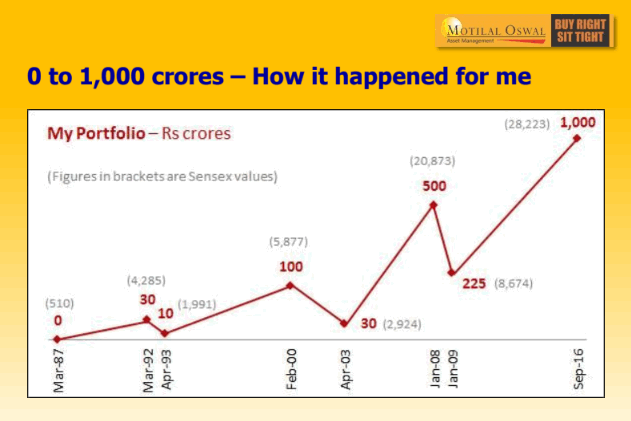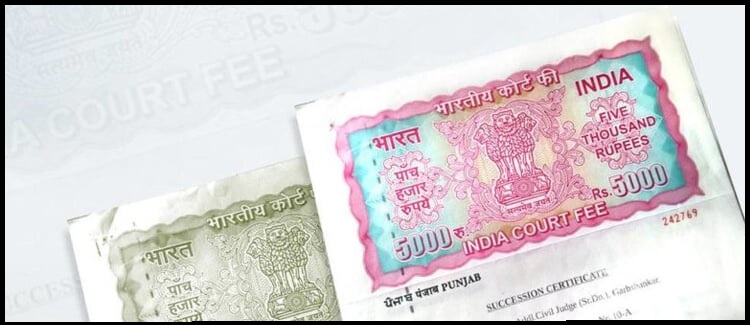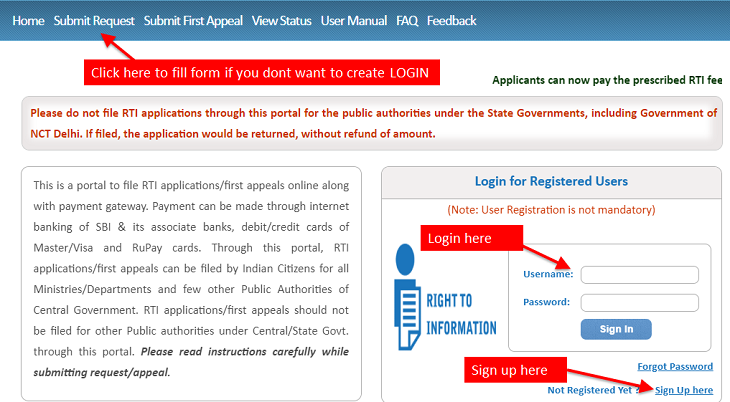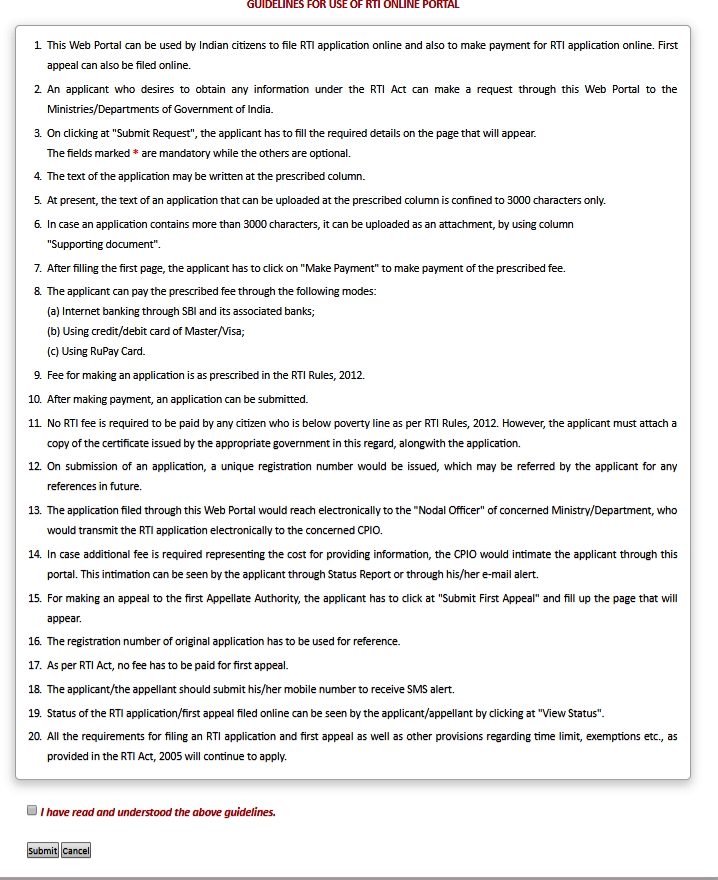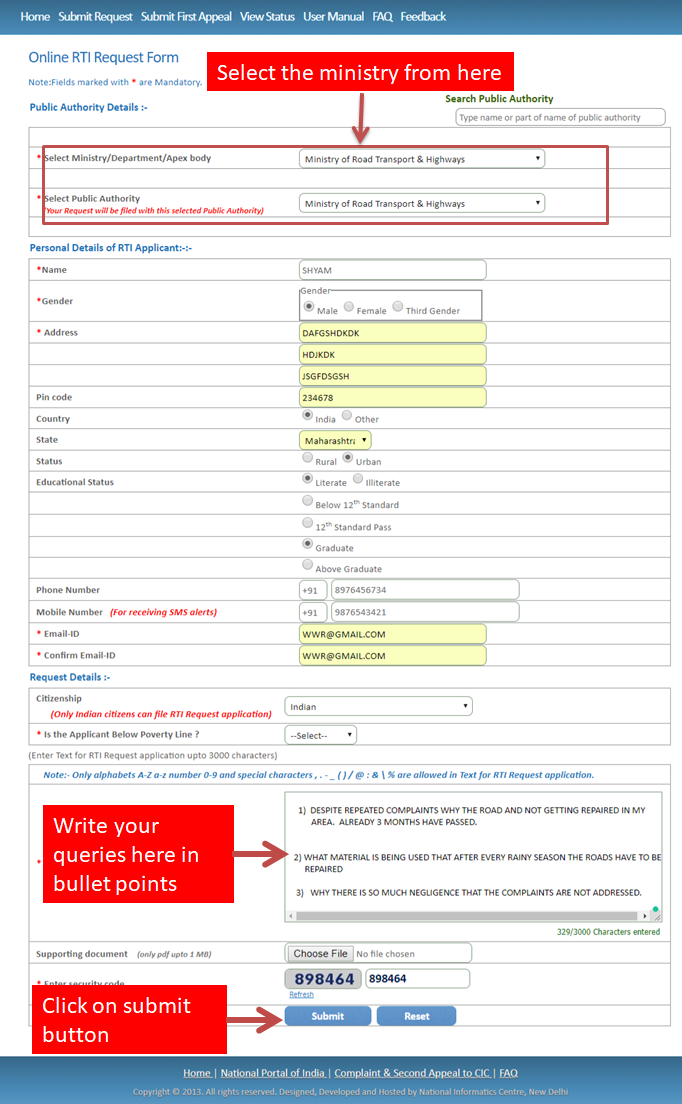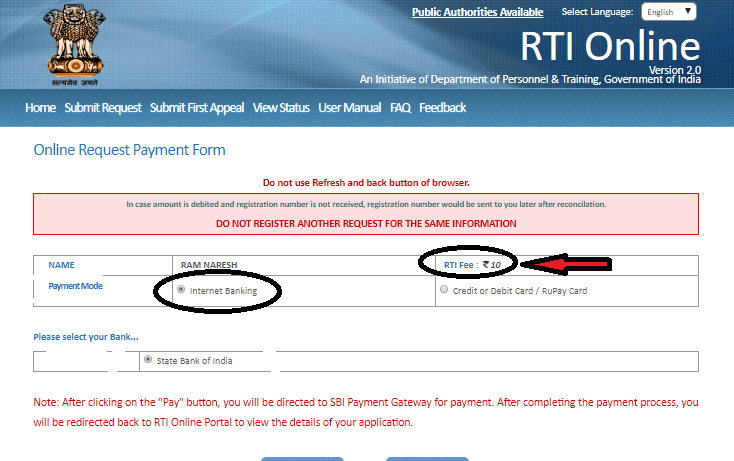Buying a house isn’t easy today if you are living in a metro city like Mumbai, Pune, or Delhi. It’s nearly impossible to pay the full price of a house unless you have massive savings or an existing real estate that you can resell. This is the reason why most people take home loans, or rather joint home loans.

What is a Joint Home Loan?
As the name implies, a joint home loan is a home loan that you take with another person, who is usually your spouse or a sibling. There are many reasons why people avail of joint home loans instead of standard home loans, one of which is bad credit.
Let’s understand why.
No matter what kind of loan you apply for, the lenders always check your credit report to assess your creditworthiness. This a standard practice to reduce the risk of non-performing assets. So, if your credit report looks fine which means that you don’t have a history of late payments, loan defaults, etc. and your credit score is high, then you can avail a loan easily.
However, if that’s not the case, not all hope is lost as an alternative option exists! That’s when you can get a co-borrower to take a home loan with you. If their credit score is good, then it can balance yours and make it easier to get your loan approved.
People also take joint home loans when they aren’t capable of repaying the full amount on their own. By dividing the loan’s burden with their spouse or a family member through a joint home loan, the debt can be repaid easily. Now that you know what a joint home loan is, let’s take a look at some of the major pros and cons of the same.
Pros of Joint Home Loan
- The chances of getting a home loan at attractive interest rates are much higher in a joint home loan compared to the regular home loan.
- You can get larger amounts in a joint home loan that can help you afford an expensive property.
- As per the income tax regulations, joint home loans allow both co-borrowers to claim tax benefits under Section 80C. They each can deduct up to 2 lakh INR from the interest amount and 1.5 lakh INR from the principal amount from their taxable incomes.
- If you are unable to get a home loan due to poor credit score, then a joint home loan can be your best bet.
Cons of Joint Home Loan
- If your co-borrower in unable or simply refuses to pay the EMIs, then your credit report apart from theirs is affected.
- Joint home loans can raise all kinds of legal problems if the co-borrowers are married to each other and get separated by divorce even as home loan remains to be repaid. If the property is registered in the name of one co-borrower, then after the loan has been fully repaid, he/she will become the rightful owner even if the other co-borrower has also paid their share of the EMIs.
Common Myths About Joint Home Loans
A joint home loan is a massive financial obligation. Apart from the huge EMIs that are particular to these loans, the tenures are not lesser than 15 to 20 years which means you pay the EMIs for a large portion of your life. Thus, it’s a good idea to do extensive research before you finally start submitting applications for a joint loan.
It would help if you also were wary of some of the most common myths about joint home loans that mislead borrowers:
Myth #1: A Co-Applicant is Required Just for “Formality.”
A co-applicant is as much responsible for a loan’s repayment as the primary borrower. In other words, signing on the dotted line imposes legal and financial obligations which is why it’s strongly recommended that both co-applicants read the fine print and ask as many questions as they need until they have a good understanding of the agreement they are about to enter into.
Myth #2: Only One Co-Borrower Can Receive Tax Benefits
People think that in joint loans, only one of the co-borrowers can receive tax benefits. However, this is further from the truth as both co-borrowers are equally entitled to these benefits. This means that you and your co-borrower both get to enjoy lower individual taxable incomes. That said, you must know about Section 24 of the Income Tax Act which sheds light on taxation in joint loans.
As per Income Tax guidelines, a co-borrower can claim tax benefits only if he/she is also a joint owner of the property. This clarification is important because many times, people take joint loans to increase the loan amount and make the process easier. However, merely being a co-borrower doesn’t make you eligible for the tax benefits. You must have ownership rights over the property as well.
Myth #3: Roping in a Co-Applicant is a Sure Shot Way of Getting a Home Loan
It’s true that it’s easier to get a home loan with a co-applicant compared to when you apply just by yourself. However, there is no guarantee that you will get approved for a loan. This is because home loans are highly risky for the lenders, even if they are secured against the homes they are availed for.
So, a co-applicant can’t help with the application if they don’t contribute to your “creditworthiness”. In other words, a co-applicant can make it easier to get a home loan only if their credit score is high and their income big enough to cover the EMIs.
Failing to Prepare is Preparing to Fail!
Joint home loans have their pros and cons as explained above. However, there are many other factors that you must consider including the interest rates, income, financial projections for the future, and buying a new home vs. an old home. After all, once you borrow money from a bank, there is no turning back. So, take your time and pick the right loan at the right time. Good luck!

